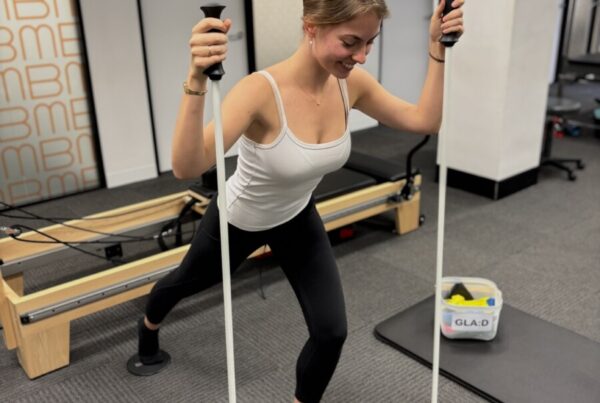Physio Sydney CBD
Patient-Centred and Professional Physio Services Conveniently Located Across 2 Different CBD Locations
Bend + Mend offers you professional physiotherapy services to help recover from acute pain and injury. Located in Martin Place and Darling Park, our clinics provide you with consistent and proactive treatment.
NO REFERRAL REQUIRED







